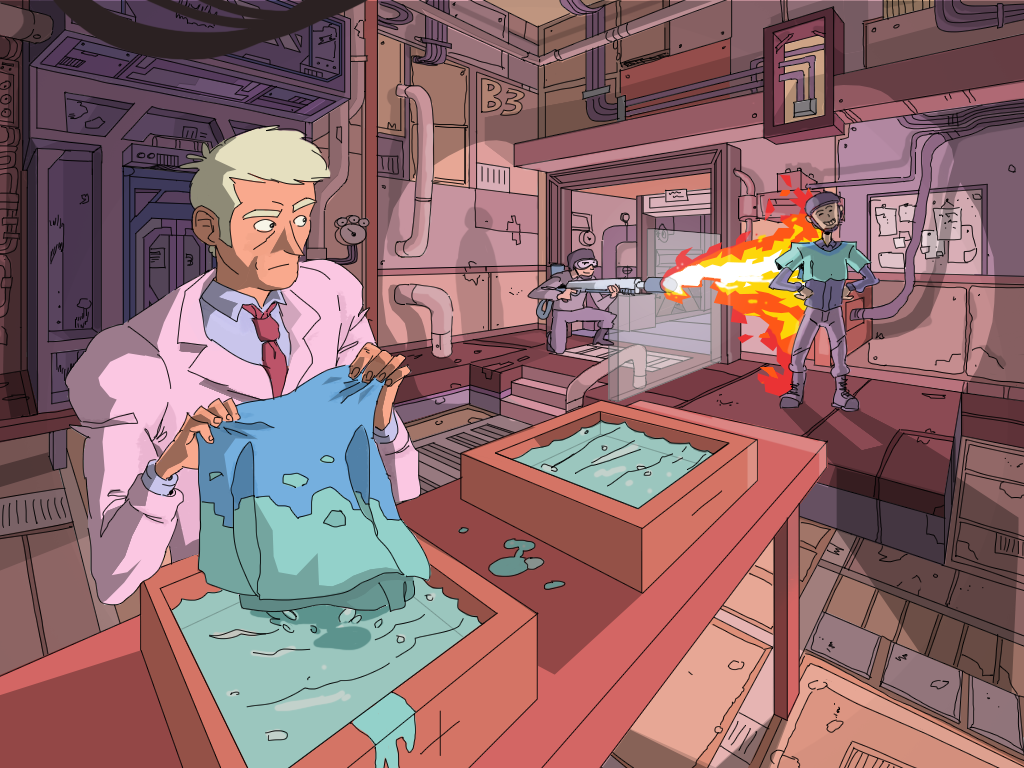Military issue: Nanocoatings offer protection from fire, ultraviolet light

Over time, military clothing has evolved, adapting to the needs of soldiers and the technology available. A soldier’s attire must be more than articles of clothing. It is crucial that their uniform shields them from unpredictable weather, remains durable in varying terrains, and, most importantly, protects them against numerous forms of lethal weaponry.
Funded by the North Atlantic Treaty Organization (NATO), Jaime Grunlan, the Leland T. Jordan ’29 Chair Professor in the J. Mike Walker ’66 Department of Mechanical Engineering at Texas A&M University, is applying water-based nanocoatings to military clothing, adding protective properties, including fire and UV-light protection, as well as chemical recognition capabilities.
Military clothing is made from a variety of textiles such as cotton, wool and synthetic blends. When adding a protective property, the initial benefits of the material are generally lost.
“The reason we like cotton is its soft texture, just like we use nylon because it’s strong,” said Grunlan. “If the cotton is given flame-resistance properties, the fiber itself is modified, and the cotton will stiffen. Similarly, nylon exposed to a flame resistance treatment will weaken. Changing its structure essentially takes away its valuable intrinsic properties.”
Grunlan has developed a water-based, nontoxic solution that can add properties without changing the inherent structure of the clothing. A piece of clothing is dipped into a curated solution with a positive charge, extracted, then placed into a solution with a negative charge. The attraction of the opposing charges bonds the chemicals, creating a microscopic nanocoating that adheres to the clothing’s surface in an imperceptible layer.
This technique, commonly referred to as pad-dry processing, can be duplicated with various solutions, creating multiple layers with each new deposition. Each solution is tailored specifically to add certain qualities to the fabric.
“For UV protection, we would add zinc oxide or titanium dioxide,” said Grunlan. “It’s the same ingredients you’d find in sunscreen. By mixing the right formula, we can optimize the clothing’s serviceability.”
In this case, he will be creating materials that are both flame retardant and provide protection against UV (ultraviolet) light. An additional, unique aspect of the design is chemical recognition. If the nanocoating is exposed to a hazardous substance, the material will change colors.
“Chemical warfare is increasingly becoming a threat,” said Grunlan. “Many chemicals or gases cannot be seen in the air. For that reason, we’re focused on detection based upon a color change, which will notify the user of the chemical agent, allowing them time to react quickly.”

